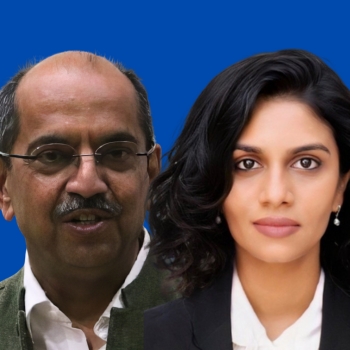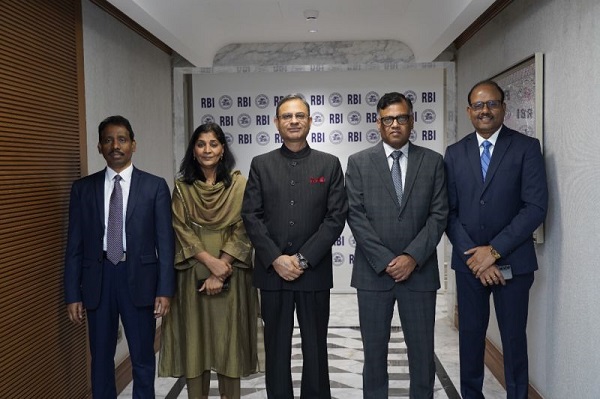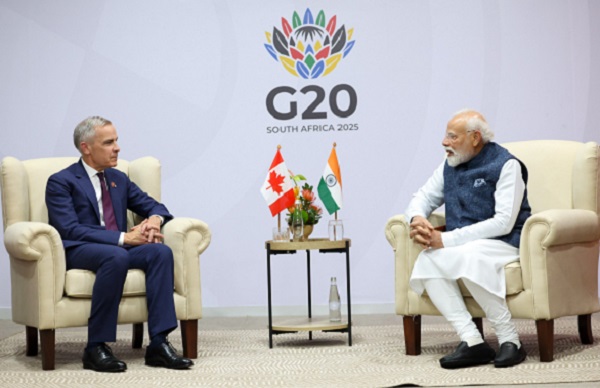.png)
March 3, 2025 at 12:14 PM IST
“India has for years now put very high tariffs on the US. It’s the king of tariffs. This is unacceptable.” This provocative statement by US President Donald Trump, not long after taking charge, set the stage for a renewed debate over trade policies and trade imbalances with countries, including India.
The use of tariffs as a strategic tool in international trade has long been a contentious issue, and the US President’s remark initiated what is expected to be a complex negotiation, resulting in significant give-and-take, and perhaps perceptible reduction in India’s tariff on commodities of interest to the US government. And then, there were sharper overtones from the White House for countries such as India and China. “We'll soon impose reciprocal tariffs because that means, they charge us, we charge them. It's very simple,” the President said.
Historically, many countries have deployed tariffs to safeguard domestic industries, earn revenue, and to combat unfair trade practices such as dumping and export subsidies. However, trade economists have long argued for easing of tariff barriers to leverage international trade as an engine of economic growth. Under the erstwhile General Agreement on Tariffs and Trade and the World Trade Organization, tariff levels have been progressively reduced, significantly more by developed countries such as the US than developing ones like India.
The other feature of the international trade order that has been called into question by the recent US moves is the concept of Most Favoured Nation that provides for the same rate of duty on goods being imported from all WTO members, other than those covered by regional or bilateral trade agreements, which have proliferated over time.
The concept of “reciprocal tariff” is a negation of the principle of MFN; and threat of enhancing tariff on Canada and Mexico, with whom the US has a trade agreement, calls into question the sanctity of such agreements.
However, trade statistics show a significant negative trade balance for the US with many large economies, including India. Equally evident is the high tariff deployed by India, more so vis-a-vis the US. While India’s tariff, on an average, stand around 17% on a simple basis and approximately 12% on a trade-weighted basis, the US rates are about 3.3% and 2.2%, respectively. It is this difference in tariffs that the US administration has been highlighting, even though there may be some justifications for these.
Further, any efforts towards sudden bridging of this gap, either by the US hiking tariffs or India reducing them, are likely to have significant economic consequences. Estimates suggest that US tariff hikes could potentially reduce Indian exports by as much as 130 to 240 basis points, with sectors such as automotive, energy, electronics, and engineering being particularly vulnerable.
On the other hand, while India’s efforts to reduce tariffs may lead to an increase in the country’s import bill by an estimated 560 to 640 bps, besides imposing higher cost on domestic industries that rely on imported components, stoking inflation and pruning government revenues.
Since the US is India’s major trading partner, accounting for a significant share of its merchandise exports and nearly 60% of its services exports, neither of the two options seem easy. Further, when the larger economic relations are considered, particularly foreign investment, the consequence of sudden disruption in Indo-US relations seems worrisome.
The need of the hour, therefore, is to take immediate steps to engage with the US bilaterally, which seems to be the preferred mode for the new administration. Such negotiations would need to place trade and tariff at the centre, but not ignore other bilateral concerns, including market access for Indian commodities and services in the largest export market. In the longer term, India’s focus must shift to diversifying its export markets to reduce dependency on the US, and gradually reforming domestic tariff policies that will also make its industry more competitive.
Ultimately, the swift change in the US stance, with tariff hikes and threat of reciprocal tariff, also serves as a stark reminder of the complexities inherent in modern international trade. As both nations recalibrate their policies, India must remain agile and innovative to ensure its growth remains sustainable amid evolving global dynamics. The decisions made today will shape its economic future.
*Vijay Singh Chauhan, a former Indian Revenue Service official and trade expert, is Executive Director with Deloitte Touche Tohmatsu India LLP; Shweta Kushe is Assistant Manager at the firm; views expressed are those of the authors and do not reflect the opinion of the firm.





